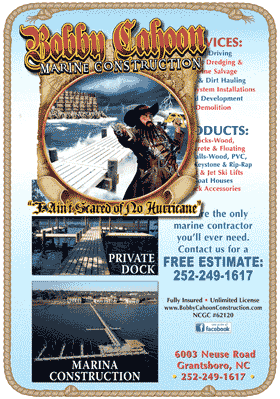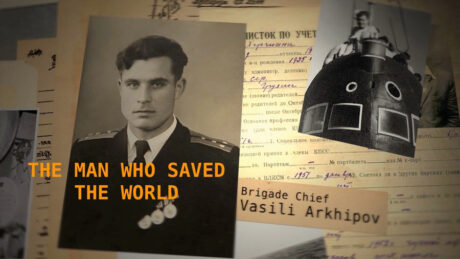
Editor’s Note: The October 1962 incident related in this article was made known some 10 years after the Berlin Wall came down in 1991. A nuclear war was avoided because a Soviet Brigade Chief (equivalent to a U.S. admiral) intervened in the Cuban Blockade at great personal harm to his career and life.
The free world believes Brigade Chief Vasili Arkhipov refused to authorize the use of nuclear-tipped torpedoes to break the blockade that the US Navy had placed around Cuba. As Paul Harvey would say, “And now the rest of the story.”
CUBA – In 2016, my wife and I took a two-week cruise from San Diego to Miami going through the Panama Canal. Before the cruise, we visited the San Diego Zoo and the Maritime Museum of San Diego, where the aircraft carrier USS Midway and other famous vessels are displayed.
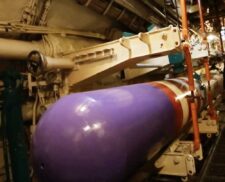
About a block north of the USS Midway, there was a pier with two submarines docked there, available to be viewed inside. The American sub, USS Dolphin, was an experimental type made with all aluminum construction with no internal bulkheads.
THE OTHER SUB IS THE SUBJECT OF THIS ARTICLE!
That sub was a Foxtrot series Russian sub, which was a do-over of the WW II German U-Boats. It had bulkhead doors for flood control, which are small even for short people my size. This sub was designed to cruise on the ocean surface since it was a diesel-electric powered vessel.
The sub on display in San Diego, B39, was assigned to the Russian Pacific fleet, while the one this article concerns, B59, was the same model, but built earlier in 1960 instead of the 1970s.
In October 1962, four Foxtrot class Russian subs left port in the Baltic Sea and proceeded to Cuba. The Brigade Chief, Vasili Arkhipov, was on B59 and commanded all of the four-sub flotilla. These subs were crewed with 78 sailors each and included a sub commander as well as a Communist Party (CP) operative. The subs were designed to operate in cold waters. Approaching Cuba, the warm Atlantic waters made life miserable in the sub with heat from three 1,000+ horsepower electric motors, 400 watts of heat from each crewman (31kW), cooking stove, lights, navigation and search sonar. This sauna-like atmosphere in the sub did not help with critical thinking.
In late October, the subs had been underwater for four days with no access to communications from Moscow. The US Navy was having trouble tracking them, not to mention finding them in the first place. A U.S. anti-submarine patrol aircraft supporting the Cuban blockade located B59.
Navy blockade destroyers wisely detonated ‘practice’ depth charges to let B59’s commander know it had been spotted and wanted the sub to surface.
Unbeknownst to the U.S., each sub carried two nuclear bomb-tipped torpedoes, in addition to 20 high explosive torpedoes. The nuclear warheads were painted purple to make them highly visible to the crew. This is where things get interesting. The Russian sub commander, Valentin Savitsky, had the co-authority to decide when and where to use nuclear torpedoes. If the commander wanted to use one, all he needed was to get concurrence from the CP official. No contact with Moscow was required! And WW III would be on!
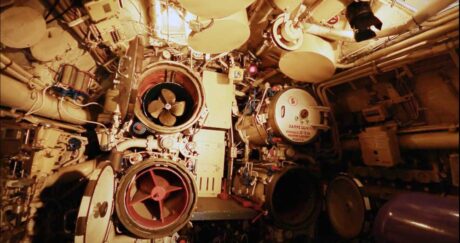
Sub Commander Savitsky wanted to use the atomic torpedo to sink the USS Randolph, a US Navy aircraft carrier supporting the blockade, and the CP operative was in agreement. Fortunately, the higher ranking Brigade Chief Arkhipov counseled against use of the atomic torpedo. Arkhipov argued that the US Navy could have dropped real depth charges instead of the practice depth charges and sunk their sub – but had not done so. .
The Aftermath is this: Arkhipov and Savitsky were treated somewhat as traitors – or at least cowards. Fortunately, in the case of B59, it took three affirmative votes to launch the nuke torpedo since the Brigade Chief was aboard. Mrs. Arkhipov said in later years that her husband was a professional, blessed with solid logic skills, and stuck to his opinion when he believed he was right.
Thereafter, President Kennedy and Nikita Khrushchev made an agreement to have the Soviet missiles removed from Cuba and the US would remove the missiles we had placed in Turkey some time before. Thus ended the Cuban Missile crisis.
Side Note: I went to work for ABC News in the summer of 1964. Those of you of a certain age may remember that a Russian operative met with John Scali, an ABC News correspondent, who become the go-between for passing messages between Kennedy and Khrushchev. Later, Mr. Scali was appointed as U.S. Ambassador to the UN, where he served in the Nixon administration.
FUNNY STORY: When I knew John Scali in 1964, he was a diligent correspondent who just happened to enjoy a good game of poker. Several Kennedy administration people joined in a fairly regular game at the White House. The hands-down winner in these games was Pierre Salinger, Presidents Kennedy and Johnson’s Press Secretary, also known as “Powerful Pierre”.
One evening, John had me meet him at a little Georgetown bar, called The Scarlet Garter, where a jazz band played every night. ABC had me set up a couple of mics and record some of the jazz music. John and I sat at a table and had a couple of drinks. I spent some two hours there recording the music. John had me dub some of the jazz music onto a cassette so he could play it during the poker game to “shake up” Pierre, with the hope that it would break his concentration and allow others to win some of the money. ABC News paid me overtime for this extra work!
One Final Note: In 2022, the Mariners Museum of San Diego sent the B39 to be scrapped. Some pictures accompanying this article were taken by me, and others came from the museum. A short 26-minute video is available on this subject at: sdmaritime.org/visit/exhibits/to-the-brink-of-war/
Good . . .Day!
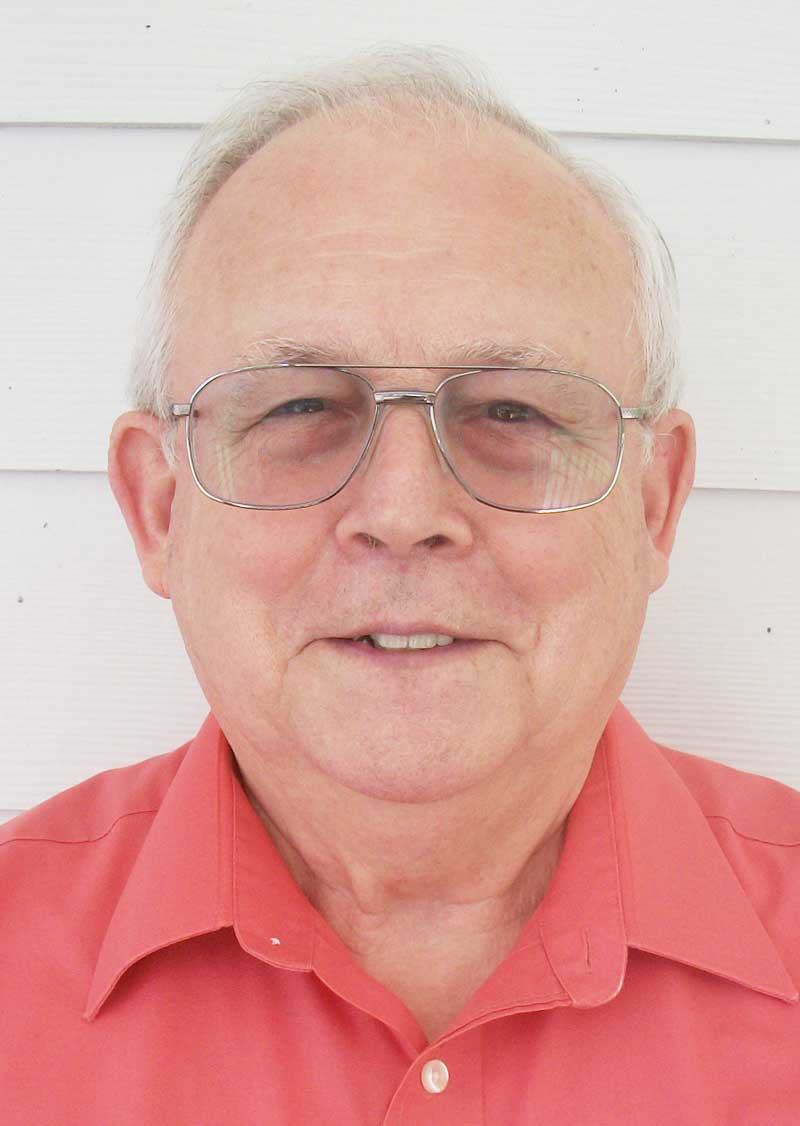
Gordon is a frequent contributor to The County Compass





























